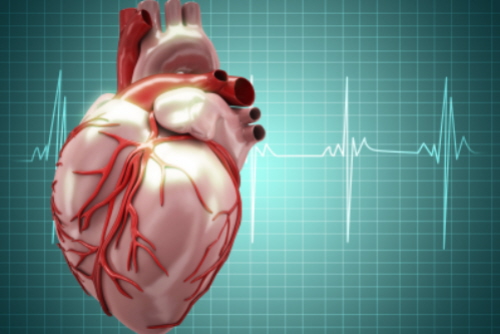
Blood vessel-on-a-chips show anti-cancer drug effects in human cells. Credit: 2018 YUKIKO MATSUNAGA, INSTITUTE OF INDUSTRIAL SCIENCE, THE UNIVERSITY OF TOKYO
Researchers at the Institute of Industrial Science (IIS), the University of Tokyo, CNRS and INSERM, report a new organ-on-a-chip technology for the study of blood vessel formation and drugs targeting this event. The technology recreates a human blood vessel and shows how new capillaries grow from a single vessel (parent vessel) in response to proper biochemical signaling cues. The technology can further be used to develop drugs targeting this growth as a therapeutic approach to treat cancer and blood-vessel-related diseases. The study can be read in EBioMedicine.
Angiogenesis describes a specific process of blood vessel formation from...
Read More








Recent Comments